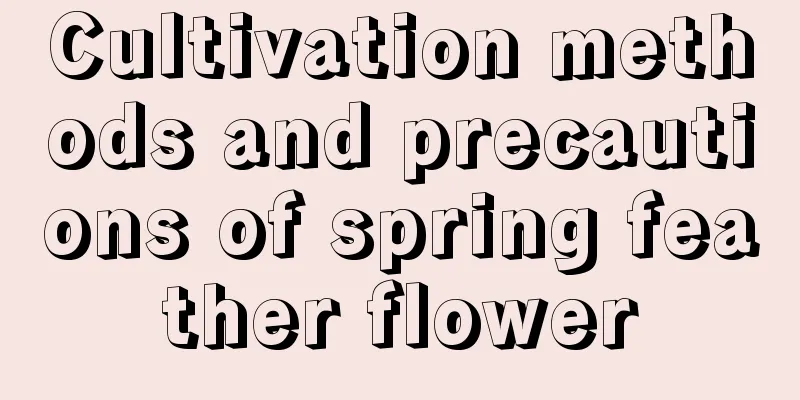How to grow crane orchid

1. Suitable soilThe soil for planting is very important. It is best to have good air permeability and drainage, which is conducive to growth. You can use a mixture of leaf mold, mountain soil, and river sand, or use garden soil on a daily basis, and change the pot once every spring. Do not choose one that is too hard, otherwise it may cause its roots to rot. 2. Supplement of lightIts native habitat is relatively shady and humid, and it likes to grow in semi-shade, so it does not need too much sunlight, just 2-3 hours a day. There can be more light in spring and autumn, but in summer it is best to only expose it to the sun for a while in the morning and avoid noon. If it is cultivated outdoors, attention should be paid to the issue of shading. 3. Apply fertilizerIt has a high demand for fertilizer and needs to be provided with sufficient fertilizer to meet its growth. If the soil is too poor, it will hinder its growth. Fertilize every 2-3 weeks during the growing season to ensure flowering. 4. Wintering TemperatureIt is relatively cold-resistant and will not be harmed by frost as long as the indoor temperature is kept above 10 degrees. If it is accidentally frozen, you can cut off the leaves. |
Recommend
High-yield planting technology of bitter melon
Many farmer friends often wonder why the bitter m...
How to grow ruby flowers
1. Lighting It is shade-tolerant and is afraid of...
New grapefruit varieties
1. Red flesh pomelo It is one of the new varietie...
If you only know how to water your flowers, they will soon die.
Fertilization method of rose Rose has beautiful f...
Cultivation methods and precautions of American mint
Temperature requirements for American mint Americ...
What are the effects of the correct method of watering flowers with egg white?
Egg white can be used to water flowers. Egg white...
What is the matter with dried ivy leaves?
1. The light is too strong 1. Reason: Ivy itself ...
Is the star flower poisonous?
1. Is it toxic? It is completely non-toxic. Star ...
How to grow okra
1. Planting time In recent years, it has graduall...
High-yield planting technology of spinach
Spinach is one of the most common and popular veg...
What to do if the ears of succulent moon rabbit become soft
one. The leaves of the newly potted moon rabbit e...
How to care for gardenias? Can they be placed in the bedroom?
1. Maintenance methods 1. Flower soil: It is an a...
Why do plants bloom and bear fruit? Why do plants bloom and bear fruit?
1. Why does it bloom? Most plants can bloom, but ...
What are the cultivation methods and precautions of white orchids
White Orchid Introduction White jasmine is an eve...
How to keep lucky bamboo safe through the winter, what to do if it gets frostbitten
1. How to spend the winter safely 1. Temperature ...









